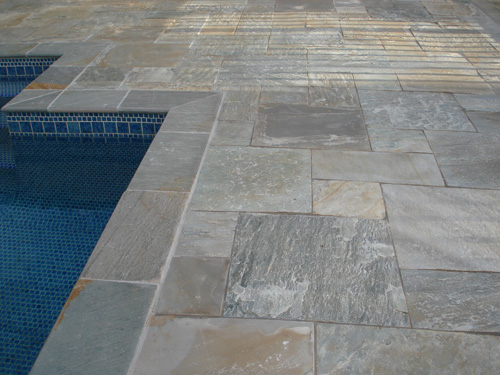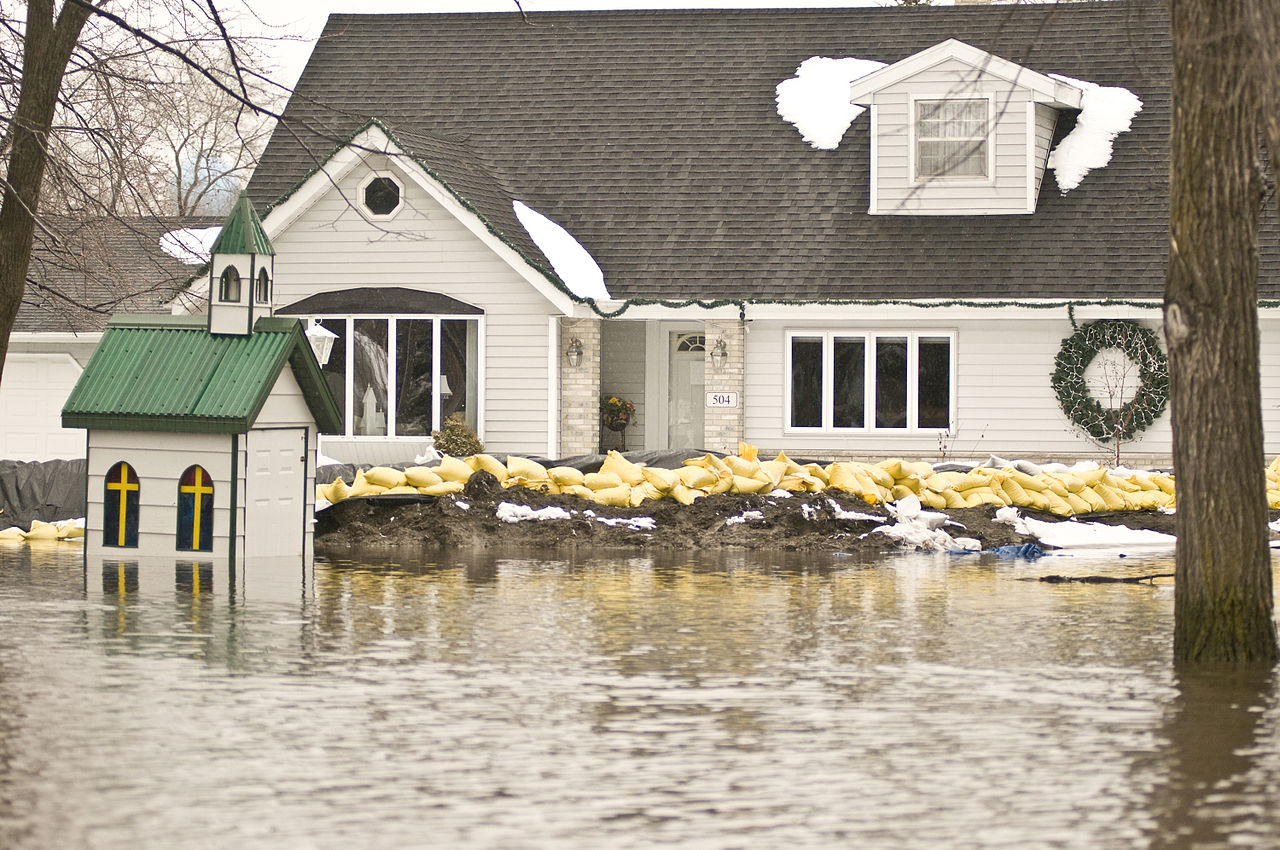How to Restore Furniture After a Flood
An unexpected natural flood can ruin the items, such as furniture, within your home. FloodingFlooding is the overflow or accumulation of water in areas t... More that occurs with ample warning may leave a less destructive path; you’ll have time to reposition the furniture in your home to areas where floodwaters are less likely to reach. In either case, as floodwaters unleash, they bring a swirl of harmful pathogensPathogens are microorganisms such as bacteria, viruses, or f... More and bacteria with them.
Floods caused by nature, such as those during hurricanes or heavy rainstorms, force large amounts of contaminationContamination is the presence of harmful or unwanted substan... More into the areas the waters touch. Bacteria, such as coliform and E. Coli, can be present, as well as sewageSewage is wastewater containing biological and chemical cont... More water, chemicals and heavy metals, especially in towns where manufacturing plants are situated. When your home floods, the bacteria in the floodwaters seep into your home and the property within it. Furniture is no exception.
What to Do After the Flood
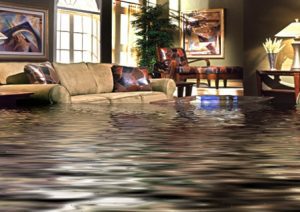 The first step homeowners must take in the aftermath of a flood is take photos of the property within the home. Taking photos of furniture that has been lost to floods or significantly damaged (but can be restored) is necessary to send to your insurance company to file for property damage. Insurance claims can be sped up with proper documentation.
The first step homeowners must take in the aftermath of a flood is take photos of the property within the home. Taking photos of furniture that has been lost to floods or significantly damaged (but can be restored) is necessary to send to your insurance company to file for property damage. Insurance claims can be sped up with proper documentation.
In the wake of a flood, homeowners have to decide what to salvage and what to discard. The same goes with furniture that has been affected by floodingFlooding is the overflow or accumulation of water in areas t... More. Evaluate the furniture affected by floodwaters. Determine salvageable furniture by figuring out the value of the item versus restorationRestoration is the process of returning a property to its pr... More costs. Some furniture pieces that have been severely affected by floodingFlooding is the overflow or accumulation of water in areas t... More may be too sentimentally valuable to discard. Family heirlooms that have sentimental value, for instance, may be kept and later restored.
Upholstered Furniture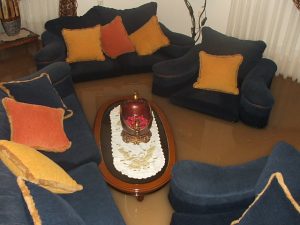
Upholstered furniture often becomes too water logged to be saved when floodwaters are high. The floodwaters containing ample amounts of bacteria will have absorbed into the upholstery, leaving it crawling with moldMold is a type of fungus that grows in damp or humid conditi... More and pathogensPathogens are microorganisms such as bacteria, viruses, or f... More. However, if small amounts of clean water have found its way to your upholstered furniture, there is a likely chance it can be saved.
Experts recommend throwing out upholstered furniture, unless it is a valuable antique. Typically, moldMold is a type of fungus that grows in damp or humid conditi... More and mildewMildew is a type of fungus that grows on damp surfaces, typi... More will infest the upholstered areas of the furniture, leaving it unsanitary and unsafe to keep in your home. In cases when the monetary or sentimental value of the furniture piece is substantial, the furniture can be cleaned by a professional.
A water damage restoration specialist will likely strip the furniture down to its frame and replace springs or webbing. In instances when the water damage is minimum, homeowners can clean and refinish valuable furniture themselves. Consult a water damage professional to determine whether your upholstered furniture is worth the cost of repairRepair is the act of fixing or restoring damaged property, m... More.
Wooden Furniture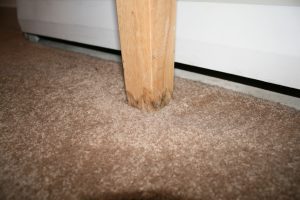
Wooden furniture that has been soiled by floodwater offers more hope of being salvaged than upholstered furniture. The less porousPorous describes a material that contains small openings or ... More nature of wood allows it to be more resistant to water damage than cushioned furnishings. Wooden furniture, however, may have the tendency to become warped due to the abundant moisture.
When handling damp wooden furniture, do not try to open drawers that have become enlarged by the floodwaters. Instead, allow air to circulate around the furniture by removing the back from the piece. Once the furniture is thoroughly dried, you should be able to open the once-swollen drawers.
Furniture Restoration Steps
Start the furniture restorationRestoration is the process of returning a property to its pr... More process by moving the furniture you aim to keep to a dry area. Drier areas include a home’s upper floors, a garage or even outside if weather permits. Wet furniture has a greater chance of dryingDrying is the process of removing moisture from materials, s... More out when the items are no longer situated in the moisture-ridden areas of your home. Experts suggest placing foil or wooden blocks underneath the legs of heavy furniture to protect it from damp carpeting.
Clean wooden furniture to remove dirt and mildewMildew is a type of fungus that grows on damp surfaces, typi... More. Spray water from a hose to powerfully clear away all floodwater residueResidue is any leftover material, such as soot, dust, or che... More. Use wood alcohol or turpentine on a cloth or cotton ball to remove traces of white mildewMildew is a type of fungus that grows on damp surfaces, typi... More spots. Experts also recommend cream restorers with lanolin that are specially made for wood to restore fine wooden pieces.
Dry wooden furniture inside, if possible. Outside, the sun can be a source of additional warpingWarping is the bending, twisting, or distortion of materials... More or simply cause the wood to crack. Instead, use fans indoors to circulate the air around and within the water-soaked furniture. Be sure to allow the furniture to dry in a well-ventilated space. The dryingDrying is the process of removing moisture from materials, s... More process of wood furniture may take anywhere from several weeks to a few months. Only when the furniture has completely dried can you begin to restore and refinish it.
Dislodged veneers can be re-glued, unless the damage is extensive. Specialists suggest that fixing wood veneered furniture is worth less than the cost and effort put into repairRepair is the act of fixing or restoring damaged property, m... More. Unless the wooden piece is an antique or invaluable heirloom, consider tossing it.
Flood Restoration Experts
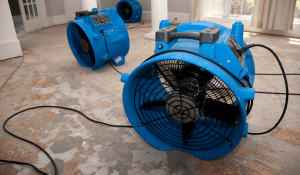 If your home and property have been damaged by floodwaters, professional water damage restorers are available to help expedite the dryingDrying is the process of removing moisture from materials, s... More process of the furniture and other contents within your home. Water damage rapidly absorbs into porousPorous describes a material that contains small openings or ... More materials, so swift corrective action is necessary once the water gets into your home. RestorationMaster is a trusted, local water damage restorationWater damage restoration is the professional process of clea... More company that will send a skilled team of specialists to your home and begin work within as little as two to three hours of your call.
If your home and property have been damaged by floodwaters, professional water damage restorers are available to help expedite the dryingDrying is the process of removing moisture from materials, s... More process of the furniture and other contents within your home. Water damage rapidly absorbs into porousPorous describes a material that contains small openings or ... More materials, so swift corrective action is necessary once the water gets into your home. RestorationMaster is a trusted, local water damage restorationWater damage restoration is the professional process of clea... More company that will send a skilled team of specialists to your home and begin work within as little as two to three hours of your call.
Water damage restorationWater damage restoration is the professional process of clea... More specialists utilize advanced water extraction equipment to dry out the affected areas. Dehumidifiers and air movers are especially used to thoroughly rid spaces and furniture of moisture.
RestorationMaster technicians will also help you evaluate the furniture and other items in your home to determine if it is more cost effective to either dry them out or replace them. In a brief span of two to five days, your flood damaged home can return to its pre-damaged condition with the help of water damage restorationWater damage restoration is the professional process of clea... More experts. RestorationMaster faithfully serves residential areas and businesses of the Dallas community.










